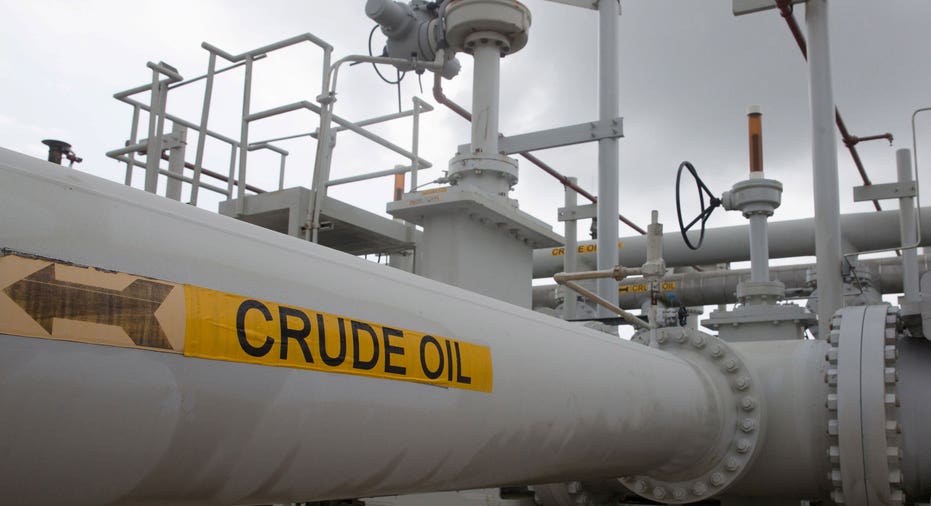Oil Marches Higher on OPEC Optimism; Analysts Question Deal

Oil prices rose nearly 3 percent on Thursday, extending their rally on optimism over OPEC's first output cut plan in eight years, despite some analysts' doubts that the reduction would be enough to rebalance a heavily over-supplied market.
The Organization of the Petroleum Exporting Countries agreed on Wednesday to cut output to 32.5-33.0 million barrels per day (bpd) from around 33.5 million bpd, estimated by Reuters to be the output level in August.
OPEC said other details of the plan will be known at its policy meeting in November, leaving unanswered when the agreement will come into effect, what new quotas for member countries will be and for what periods, and how compliance will be verified.
Earlier in the day, oil was down, with crude futures retreating from their 6-percent gain on Wednesday, the biggest in a day since April. A steady dollar and weak U.S. stock market also limited some of the upside in oil in early trading.
Brent crude futures were up $1.06, or 2.2 percent, at $49.75 by 12:30 p.m. EDT (1630 GMT). Brent hit a session peak at $49.81, the highest since Sept. 9, after falling to $47.99 earlier.
U.S. West Texas Intermediate (WTI) crude futures rose $1.20, or 2.6 percent, to $48.25. WTI hit a one-month high of $48.32, after a session low at $46.60.
OPEC would have "successfully added $2-$4 to global crude pricing during the next two months despite the fact that the tough details of allocating quotas, assessing a time frame to any production curtailments et cetera have been pushed to the sidelines for now," said Jim Ritterbusch of Chicago-based oil markets consultancy Ritterbusch & Associates.
Such price gains will spur non-OPEC output, particularly U.S. shale oil, analysts warned. The U.S. oil drilling rig count has risen in 12 of the 13 past weeks.
"If this proposed cut is strictly enforced and supports prices, we would expect it to prove self defeating medium-term with a large drilling response around the world," analysts at Goldman Sachs said in a note, citing a 1987 OPEC cut that led to surge in worldwide oil rigs.
The OPEC plan will remove around 700,000 bpd, but the global crude oversupply is estimated at between 1.0-1.5 million bpd, analysts said.
Goldman said prices could rise $7-10 per barrel by first-half 2017 if the cuts were honored. "We reiterate our year-end $43 and 2017 $53 forecasts," it added. (By Barani Krishnan; Additional reporting by Swetha Gopinath in LONDON and Keith Wallis in SINGAPORE; Editing by Marguerita Choy and Anna Willard)



















